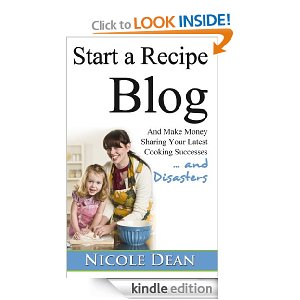Are Sales and Using Coupons Really Saving You Money?
There is a common misconception that to live frugally, you have to buy products from the grocery store that are on sale, or only buy with coupons, and that you should stock up on these products before the prices shoot back up again. Actually, this isn’t necessarily the case.
The majority of items that grocery stores offer at discounted prices are items that, generally speaking, aren’t at the top of a frugal mom’s shopping list, especially not when money is incredibly tight. These products are usually fattening sweets, cakes, cookies, convenience foods and similar items. And while the sale prices or coupons might seem good at first glance, they’re really not since you probably wouldn’t have bought that item in the first place. So, before you decide to buy lots of something before your coupon expires or the price goes up, consider the following:
• Would you buy it if it wasn’t on sale or if you didn’t have a coupon?
• Is it something that you really need?
• What are the chances that you will actually use what you’re buying?
• Is the product really a good deal?
• What kind of nutritional value does it offer?
Nine times out of ten, these five thoughts are enough to discourage you from buying an item only because it’s on sale or you have a coupon. So, if you shouldn’t necessarily buy products that are enticingly on sale, what should you buy?
• Buy what’s on the menu. Before you step foot in a grocery store, make sure you have planned every meal for your family for the coming week. Make a list of the things you need for each meal. A lot of moms complain they don’t have time to do this, but if it saves you precious money and a lot of wasted food, surely you can find fifteen minutes to write out a simple menu.
• Check your cabinets and pantry to see if you have products that are about to expire or that really need to be eaten. If something has been in the cabinet awhile, add it to your menu in some way. If needed, buy something to go with a product you have on hand that needs to be used.
• If at all possible do your grocery shopping the last thing in the evening. Get there about an hour before the store closes (or if you shop at a 24-hour store, try going in the late evening). This is the best time to great discounts on fresh produce and meat that’s about to expire. Stores need to get rid of these items quickly so they don’t “eat” the cost themselves and you can easily throw something in the freezer until you’re ready to cook it.
• Refrain from buying name brand products. Buy store brands instead. A lot of the time the store brands are the same high quality as the name brand alternatives, and are, in fact, often manufactured in the same factories. The only difference is that the store brand is normally a lot less in price.
• Don’t buy convenience foods such as frozen fries. They’re typically a waste of money since – not only are they expensive – but they only last a couple of meals and are full of fats and additives. Instead, opt for a large bag of potatoes and make your own. A bag of fresh potatoes can last an average family well over a week, so they’re definitely more cost effective.
• If you find yourself throwing out milk because you didn’t drink it quick enough, consider buying long-life powdered milk instead. If you mix it slightly stronger than the recipe calls for and chill it before use, you can hardly tell the difference. Especially if your family doesn’t drink a lot of milk.
• Only buy as much fresh fruit and vegetables as you know your family can eat in a week. And don’t be afraid to separate a bunch of bananas in the store, for example, if you don’t need that many. Providing them in a large bunch is often a ploy to get you to buy a more than you really need.
Feeding your family for less can be a challenge, but with careful thought, education and planning you will be amazed at how much you can save at the grocery store.







